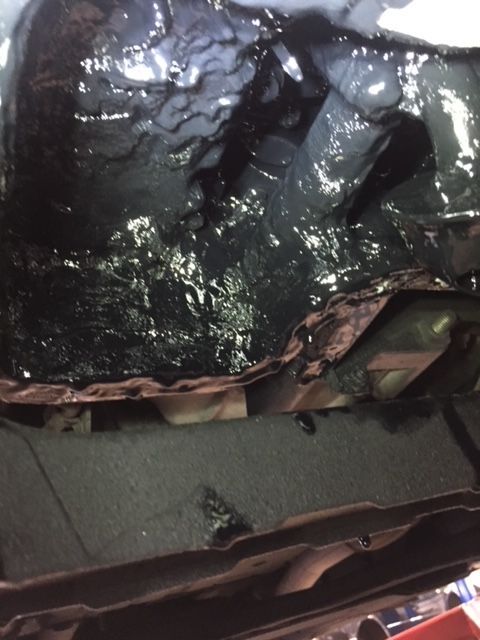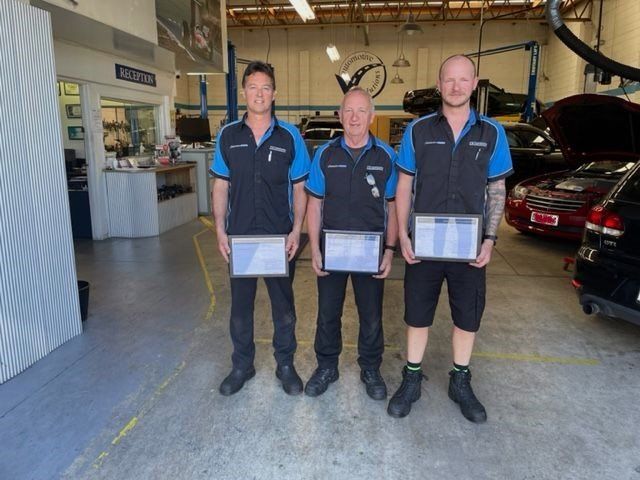Flat batteries and jump-starting vehicles with flat batteries
This is a bit of a long-winded explanation, apologies for that but there isn’t a brief way of describing it. If you don’t want to damage the electrical system in your car and have to spend a lot of money repairing it, please do read on:
I was listening to a conversation on our radio station the other day about batteries and jump-starting vehicles and this raised some concerns with me.
Some vehicles now have the battery tucked away under seats, floors or in the boot, so the manufacturers put a positive terminal and earth stud under the bonnet that can be used to jump-start the vehicle. We also use it to charge the battery and attach a battery support device when servicing and repairing the vehicle.
Jump-starting modern vehicles should be undertaken with great care as these vehicles have multiple electronic devices that can be damaged with voltage spikes. These spikes can occur once you have jump-started a vehicle and removed the jump cables.
The charging system and battery in a modern vehicle works very differently from yesteryears. The battery construction is different from our old lead acid batteries. We now have Calcium, AGM (Active Glass Mat), Gel and Enhanced Flooded batteries. All require a different charging process.
The alternator (the device that charges the battery in the vehicle) is usually now controlled by a computer and works differently from our older vehicles. The alternator is there to maintain the battery at the correct voltage but CANNOT recharge a battery if it has gone flat. It will only put a surface charge on the battery. If the battery is not charged correctly it could have an adverse effect on the alternator as the alternator will be working overtime to try and charge the battery.
You may also have other devices on the vehicle that stop working because of the battery not being fully charged. This is called “power shedding”.
If you have had a flat battery you must get it charged and tested. Driving the car around for 20 minutes to an hour will not charge your battery properly. Because of the different battery construction, you would need to use a Smart battery charger – these chargers take the battery through different processes to charge them properly. Unfortunately the old battery charger that you have had sitting in the shed for the past few years is no longer up to the task.
In summary, only jump start your vehicle if you really know what you are doing. If your battery has gone flat it needs to be charged on a Smart charger. If replacing your battery, the correct battery must be fitted to your vehicle and in some cases the new battery will need to be coded to the vehicle so the charging system can keep in charged correctly.
If this hasn’t covered everything please ring one of the team at Petermark and we will be more than happy to answer your questions.
Peter Jones



